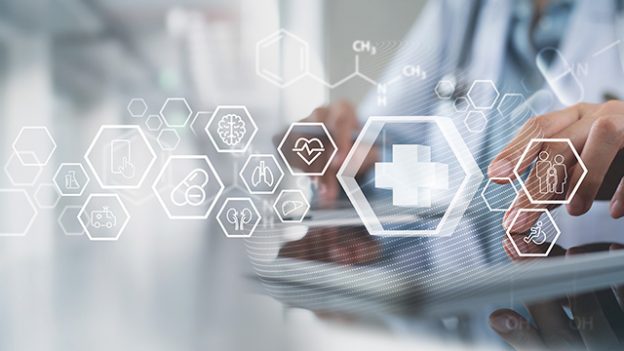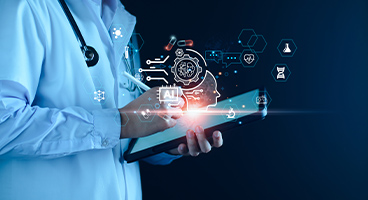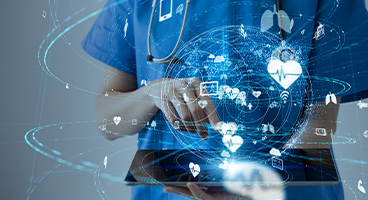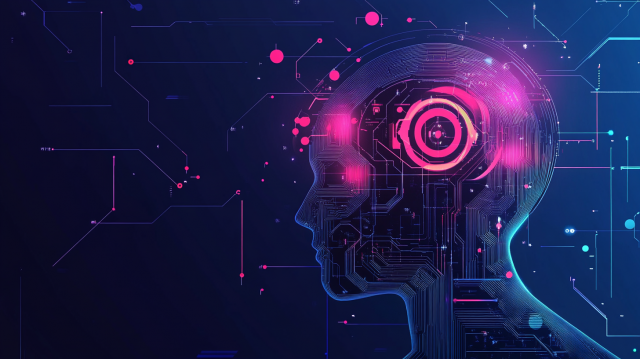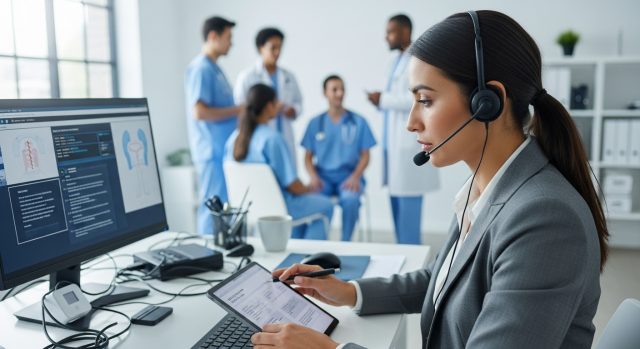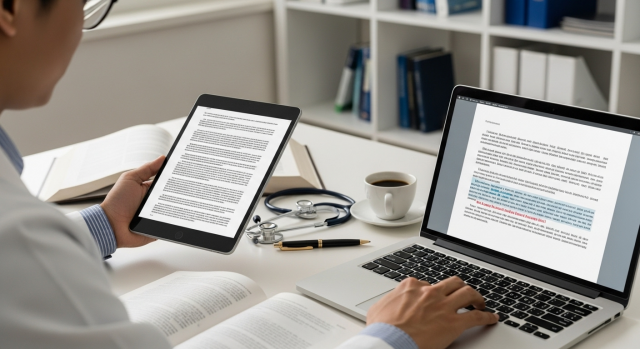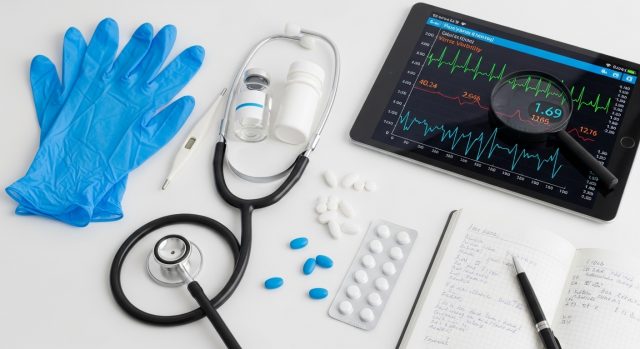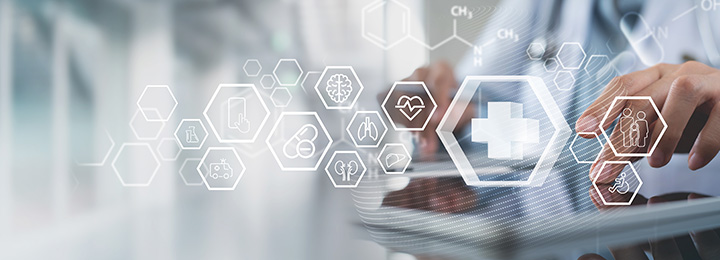
For pharmaceutical companies and medical device manufacturers, regulatory submissions are, of course, an essential task. In this blog, we will introduce what regulatory submissions are, what documents require translation during the submission process, and key points for selecting a translation vendor.
- Table of Contents
-
- 1. What is a pharmaceutical application? Why is translation necessary for pharmaceutical applications?
- 1-1. What is a pharmaceutical application?
- 2. Pharmaceutical and Medical Device Regulatory Submission Documents
- 2-1. Pharmaceutical Regulatory Submission Documents
- 2-2. Medical Device Regulatory Submission Documents
- 3. The Challenges of Translating Pharmaceutical Application Documents and How to Proceed with Translation Efficiently
- 3-1. The Challenges of Translating Pharmaceutical Application Documents
- 3-2. Methods for Efficiently Advancing the Translation of Pharmaceutical Application Documents
- Leave the translation of pharmaceutical application documents to Human Science
1. What is a pharmaceutical application? Why is translation necessary for pharmaceutical applications?
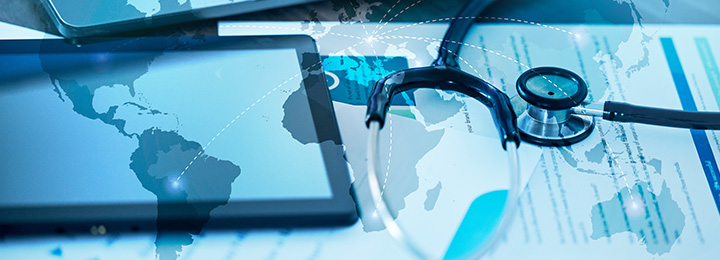
1-1. What is a pharmaceutical application?
A pharmaceutical application refers to the formal application submitted to regulatory authorities (such as the Ministry of Health, Labour and Welfare and PMDA in Japan) to bring pharmaceuticals and medical devices to market.
The pharmaceutical application documents include data on the safety, efficacy, and quality of the pharmaceuticals obtained from clinical trials, based on which the regulatory authorities determine whether to approve the new drug.
On the other hand, the regulatory submission for medical devices also aims to submit documents to regulatory authorities based on the collected data to obtain approval for manufacturing and sales, but the required documents and review contents differ from those for pharmaceuticals.
2. Pharmaceutical and Medical Device Regulatory Submission Documents
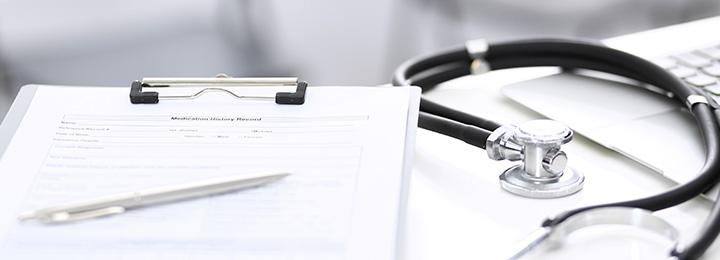
2-1. Pharmaceutical Regulatory Submission Documents
In pharmaceutical regulatory submissions, test data is required to thoroughly evaluate the drug's pharmacokinetics, toxicity, safety, and efficacy.
Additionally, documents related to the safety, efficacy, and quality of the drug obtained from clinical trials, as well as clinical trial reports, are also necessary.
In the approval application for pharmaceuticals, it was agreed upon in 2000 by ICH to prepare documents such as quality, non-clinical trial results, and clinical trial results in a globally standardized format (CTD: Common Technical Document), and in Japan, the application of CTD became mandatory in 2003.
This can be said to facilitate and expedite the preparation and procedures for obtaining approval, thereby enabling the early launch of new drugs.
2-2. Medical Device Regulatory Submission Documents
On the other hand, in the regulatory submission for medical devices, detailed documentation related to risk management, design and development, and manufacturing processes is particularly important.
Medical devices are classified (Class I, II, III, IV) according to the level of risk associated with each device, and documentation regarding risk analysis, risk management, and so on is created accordingly.
In addition, technical documents (product specifications, test results, manufacturing methods, quality management systems, etc.) will also be prepared and submitted.
3. The Challenges of Translating Pharmaceutical Application Documents and How to Proceed with Translation Efficiently
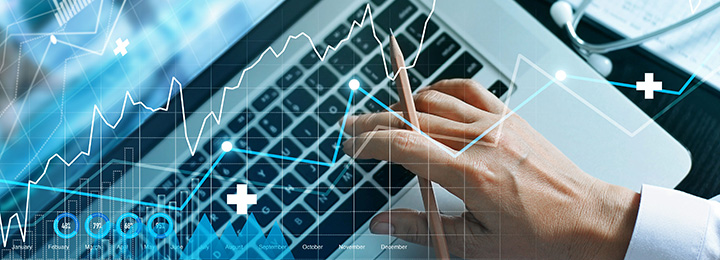
3-1. The Challenges of Translating Pharmaceutical Application Documents
In a previously published blog, we introduced "The Importance of Medical Translation and Pharmaceutical Translation" and "The Challenges of Medical Translation and Things to Be Aware Of."
There, we introduced the following points:
● It is necessary to have documents that comply with the strict regulations of each country for the international introduction of pharmaceuticals and medical devices.
● It is essential to translate highly specialized information in the medical field quickly and accurately.
These points are also common to the challenges of translating regulatory submission documents, so we hope you will take a moment to read through them.
In addition, we have introduced the need for prompt responses in international collaborative clinical trials in the blog below. Please take a look at this as well.
[Related Blog] What Is Localization in Translation? Explaining Its Relation to Medical Translation!
3-2. Methods for Efficiently Advancing the Translation of Pharmaceutical Application Documents
In pharmaceutical application services, it is essential to translate highly technical documents accurately and swiftly, and proceeding with precision and efficiency is key.
To achieve this,
●Utilize translators with extensive knowledge and experience in the medical field and regulatory submission documents
●Speed, efficiency, and a checking system are essential, leveraging technologies such as machine translation and translation support tools
are crucial.
[Related Blog] How to Streamline the Translation of Clinical Trial Summary Reports?
3-3. Please leave the translation of pharmaceutical application documents to Human Science.
In many cases, the translation of regulatory submission documents will lead you to consider requesting the services of a medical translation company.
However, it is essential to choose the translation company carefully.
Human Science has the following requirements for the translation of regulatory submission documents.
● A company with highly specialized knowledge and experienced translators in the medical field.
● A company with a wealth of experience in translations related to regulatory submissions and clinical trials.
● A company that can provide technology-equipped solutions.
At Human Science, we offer medical translation services, including regulatory submission documents.
We have accumulated experience and know-how in translation support tools, machine translation, and checking tools, enabling us to provide high-quality translations with short turnaround times through the synergy of human expertise and technology.
If you have any questions or are interested, please feel free to contact us.
Pharmaceutical and Medical Translation Services
Medical Device Translation Services

